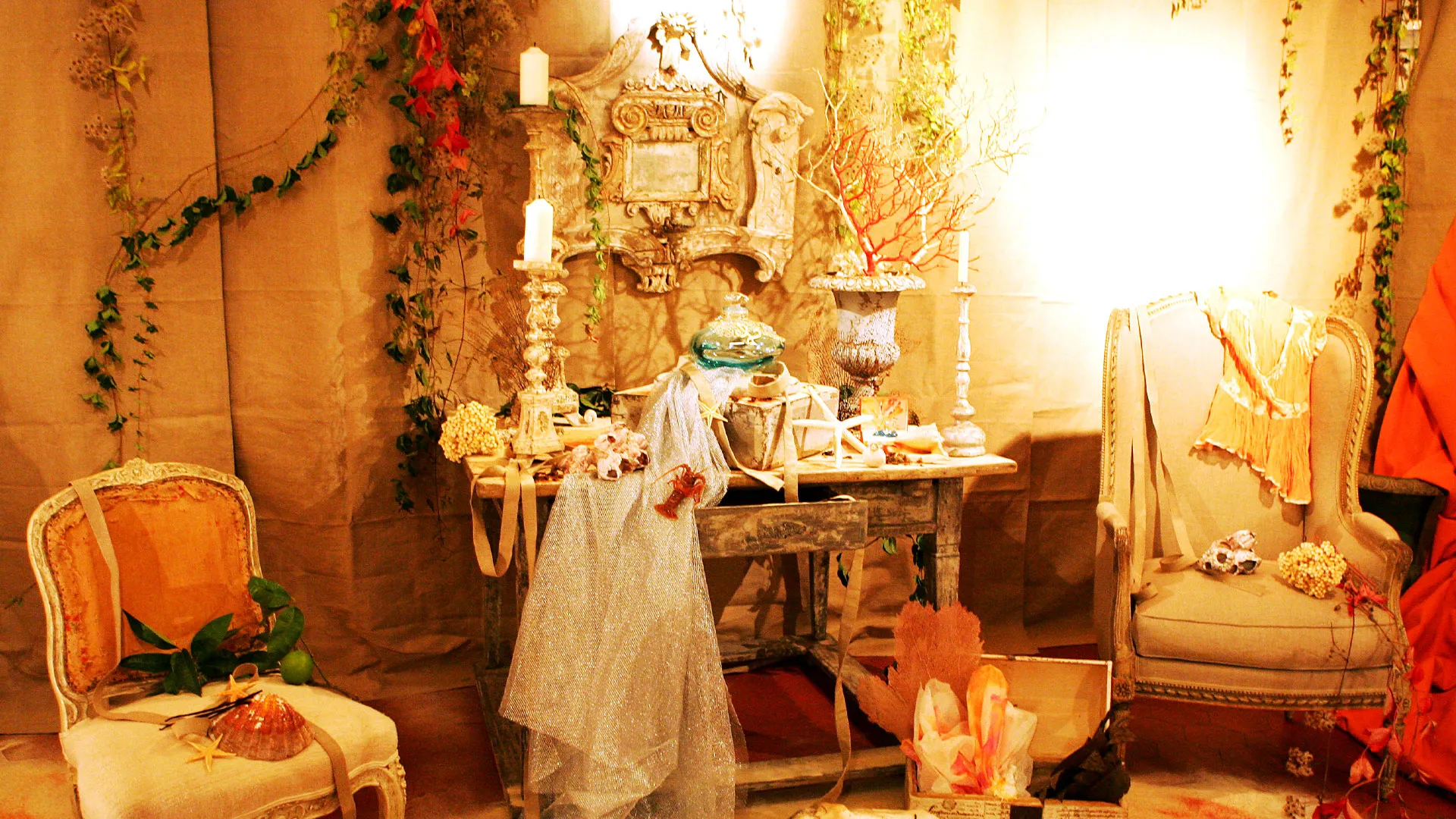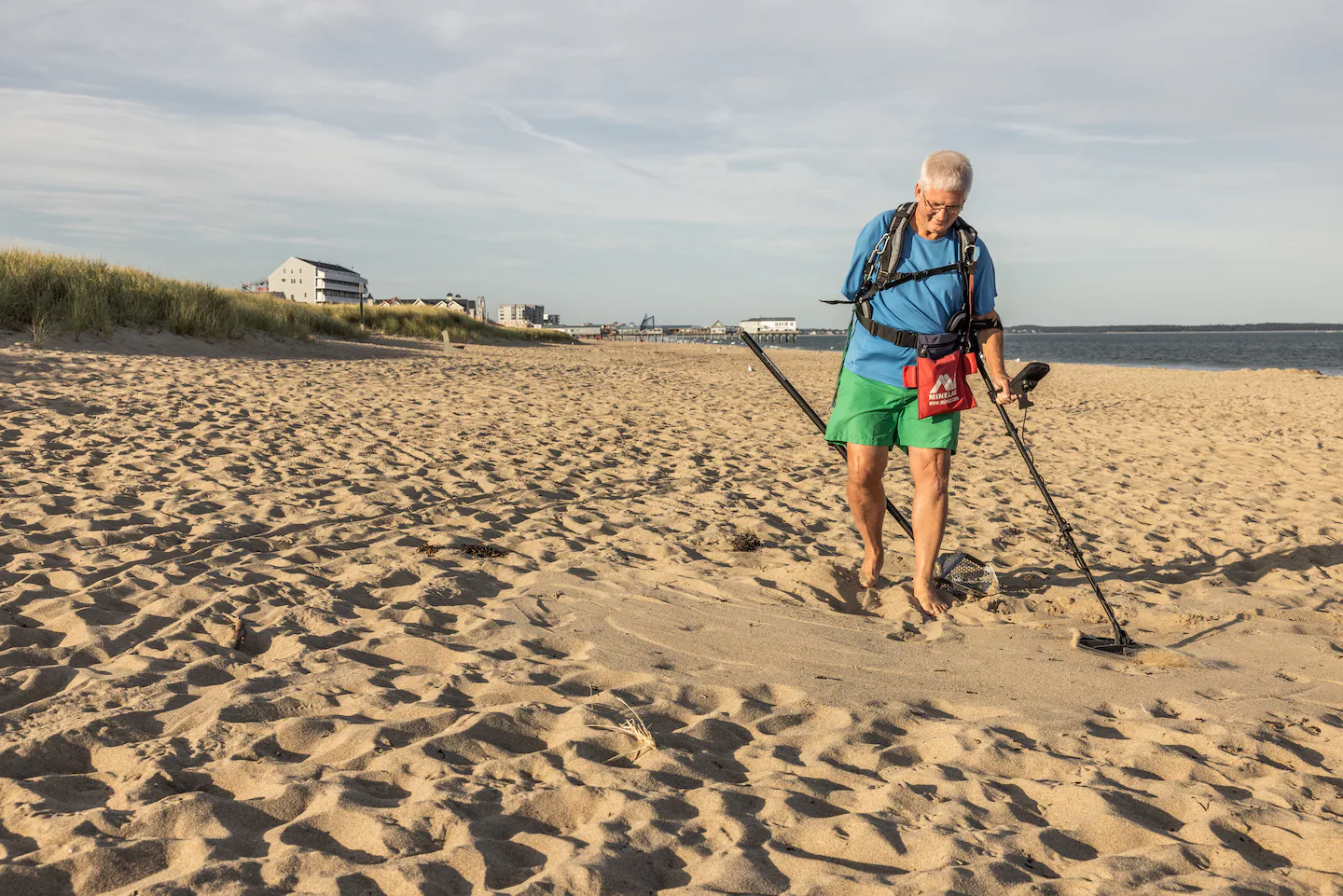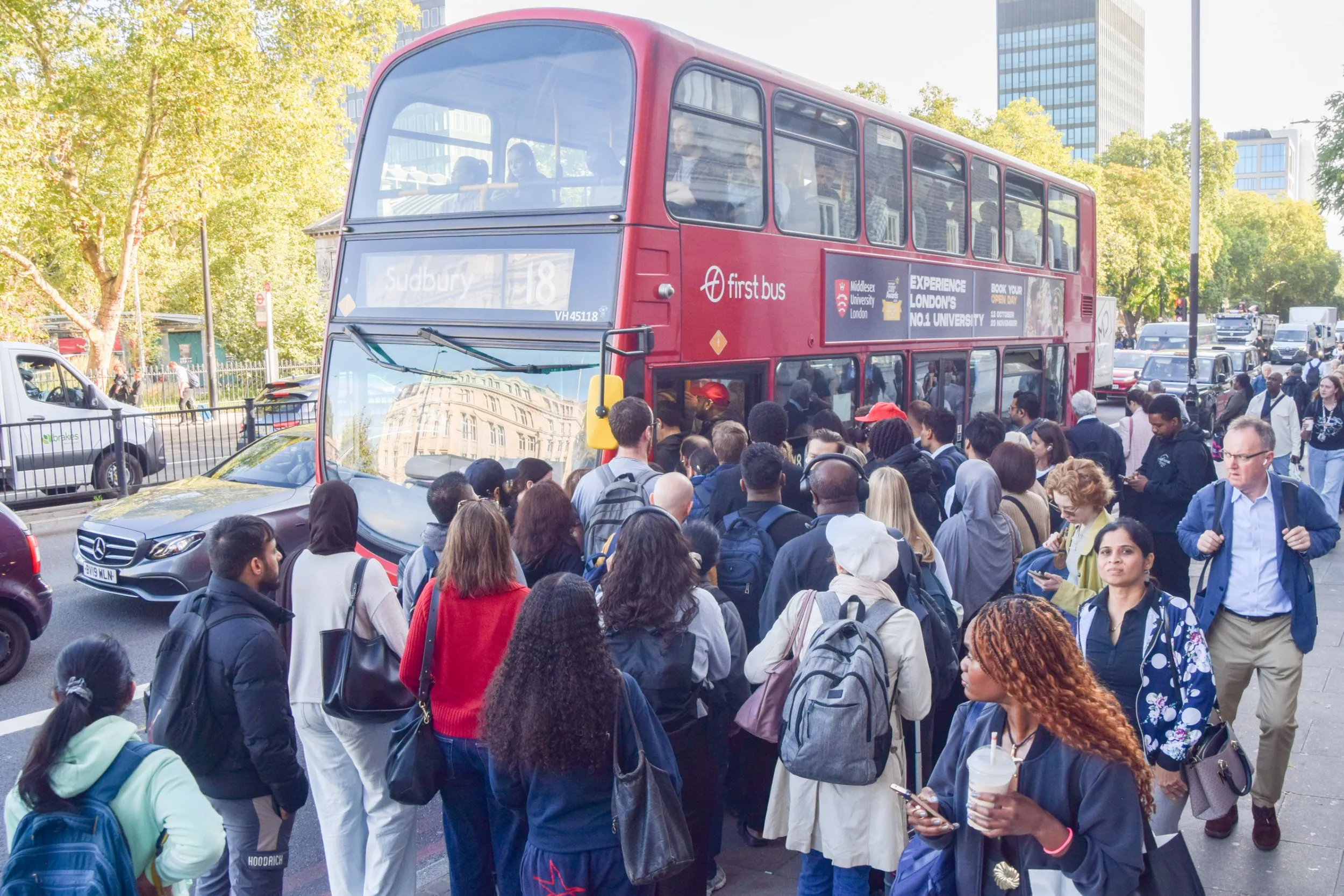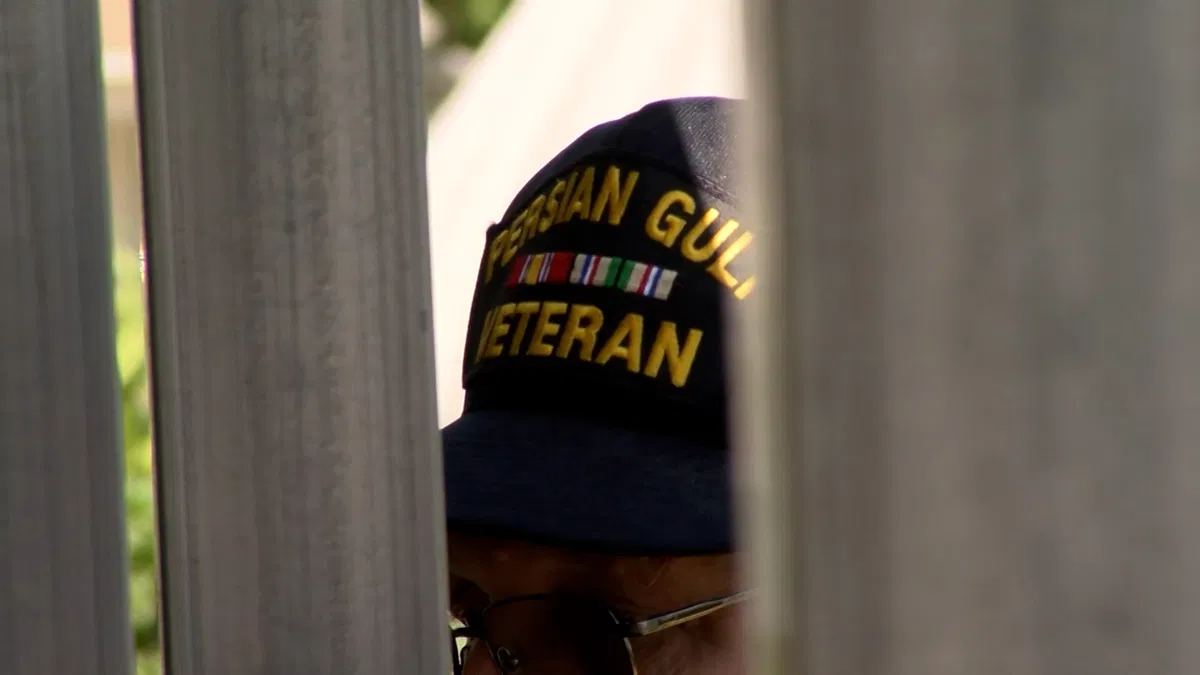By Sanjana Ray
Copyright gqindia

Perfume museums around the world prove Guy de Maupassant’s point — that scent, over time, lingers as “a more moving memory” than portraits. Step inside and you’re hit with centuries of olfactory history: ancient Egyptian bottles brought back to life, Roman flacons sculpted like jewels, and rare vessels that whisper stories of empires. But they’re more than showcases; many invite visitors to step into the craft itself, from watching the perfume-making process to blending a fragrance of their own. To this end, we’ve curated a list of spots that every fragrance lover must add to their travel bucket-list.
7 perfume museums around the world every fragrance lover must visit
1. Musee de Parfum, Paris
This private perfume museum belongs to the Fragonard fashion house. Built in 1860 by the architect Lesoufaché, with frescoed ceilings, parquet floors, stuccos and more, this 19th century mansion is located in a Hôtel Particulier, at number 9 on the refined rue Scribe. Offering 3,000 years of history of perfume, from the time of the ancient Egyptians to the present, it houses an extensive collection of scented exhibits, perfume extracts, and perfume bottles. It’s also the place to go if you want to be a witness of local and foreign artisans creating their perfume magic right before your eyes. The Maison Fragonard also opened the New Fragonard Perfume Museum in October 2015, a few steps from the rue Scribe museum.
2. Habana 1971, Havana
Habana 1791, also known as the Museo del Perfume, is a historic perfumery situated in a restored 18th-century building at 156 Mercaderes Street in Old Havana. Established in 2000, the museum reflects the vibrant heritage of the country through its perfumes that’s showcased here in great detail. This includes a collection of French perfumes like Chanel No 5, as well as great Cuban perfumers Gravi, Sebatés and Crusellas. In fact, most of the Cuban perfumes on display predate 1960, with the exception of one large collection. This is because it revives the colonial tradition of crafting fragrances from tropical flowers and plants. Visitors can explore a variety of natural essences, including rose, violet, jasmine, and tobacco, and even create personalised perfumes tailored to their preferences.
3. International Perfume Museum, Grasse
The Musée International de la Parfumerie, or International Perfume Museum, is a true feast for the senses. It was opened in 1918 when Francois Carnot launched Grasse’s first private museum, with the then perfumery section trying to cover the coarse smell of leather goods that the small town was known for. With almost a hundred years of history, the museum takes an anthropological approach to perfumery, and has several symbolic areas, which include the entrance pavilion of the ancient Hugues-Aîné perfumery, the former Pélissier building, as well as beautiful gardens and leveled terraces with enthralling views. In 2006, the surface of the Museum doubled, offering a space of 3,500 metres entirely dedicated to the world of fragrances.
4. Museo del Perfum, Barcelona
Located on the back side of the Perfumerias Regia de Barcelona in Passeig de Gràcia, Museo del Perfum, established in the 1960s, houses an unusual collection of over 5,000 artifacts from the world of perfumes. This includes a rich diversity of perfume bottles, powder boxes and different perfume containers from Egyptian, Etruscan, Greek, and Roman origin. The section dedicated to the “commercial collection” with 74 historical brands, also holds deep cultural significance.
5. Fragrance Museum Farina-House, Cologne
The Fragrance Museum Farina-House transports the visitor as far back as the Rococo era, some 300 years to the perfume’s earliest and luxurious stages. Aside from its impressive collection of art objects, paintings, and showcases with glasses and flacons from antiquity to modern days, it offers its visitors the opportunity to sneak peek at the “chamber of essences”, a special, exclusive space where you get a chance to take a look behind the curtains of perfume making, and even smell some of the essences that are used in the art of perfume creation. Aside from displaying its rich perfumed past, the museum also displays several exciting artifacts including paintings, jewelry, portraits as well as a barrel that is almost as historic as the Eau de Cologne itself.
6. Perfume Museum, Milan
Milan Perfume Museum celebrates the exquisite craftsmanship of the glassware and other materials used historically to bottle delightful fragrances. To this end, it offers visitors a chance to delve into the history, design and art of the 1900s through the lens of perfumery via historical and artistic itineraries, meetings, exhibitions, conferences, training courses and even workshops.
7. Perfume Museum, Mexico City
Located at 12 Tacuba Street, which is also referred to as ‘Perfume Street’, this perfume museum is housed in a 19th-century French-style mansion. Showcasing over 4,000 antique perfume bottles, tools, and textiles to illustrate the history of perfumery through centuries, the museum allows visitors to explore interactive and photo-friendly rooms that explain scent history, and offer olfactory experiences, as well the chance to participate in workshops to create their own scents or sachets.



